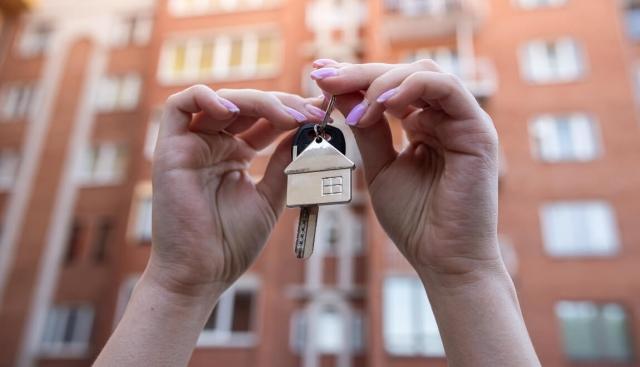The old saying is true: life is unpredictable. You signed a lease expecting to remain in your apartment for the duration. But something happened and now you’re faced with either breaking your lease or trying to sublet your apartment.
What Is Subletting?
Subletting is when you find someone (with the approval of the property owner or manager) to take over your lease, either for a month or two or for the remainder of the lease. There are some major drawbacks to subletting your apartment, and in a lot of cases, subletting isn’t allowed. You’ll want to check your lease to determine if subletting your apartment is even a possibility before considering it.
If your lease forbids subletting, you can discuss your situation with the property manager or owner to determine what options you have. You might be able to find someone willing to sign a new lease or take over the remainder of your lease (if you don’t plan on returning to your apartment).
Some of the Reasons for Subletting
The most common reason for subletting involves roommates. For example, let’s say your apartment lease is in your name. However, you have a roommate or two. If you need to move out but your roommate wants to stay, you could sublet the apartment to them for the remainder of your lease.
Another common reason for subletting an apartment is getting a job assignment in another state. If you’ll be away for a few months, it might make sense to have someone else take over the rent payments until you return home.
You might consider subletting if you have a family emergency and need to leave suddenly. For example, if you need to care for a loved one while they recuperate from an injury or illness, you might want to sublet for the time you’re away.

Subletting, Step by Step
Now that you know what subletting is and the reasons for it, let’s review the steps you’ll want to take when subletting your apartment:
1. Read your lease and talk to your landlord
We can’t stress this enough. If you attempt to sublet when it isn’t allowed, you’ll be breaking your lease. You could face losing your deposit or having to pay additional fees. If your lease agreement doesn’t mention subletting, the terms are vague, or it says you’ll need permission to sublet, talk to your property manager.
Explain your situation openly and honestly. If you don’t plan on returning, there may be a chance that the landlord will simply want to go ahead and lease the apartment out to a long-term tenant rather than doing a sublet. If that’s the case, offer to help them find a renter.
If your landlord gives you the okay, get the subletting terms in writing. Your landlord might specify that the subletter pass a background check and meet income requirements, so make sure everything that’s required is in writing so you both have proof of what was agreed to.
2. Get the word out
Once you get the green light (and a written agreement), it’s time to find a renter. You can start with family and friends, but you might also want to post on social media or find other ways to spread the word.
Subletting to someone you know (or a friend of a friend) is the best-case scenario, but no matter who you choose, interview them carefully.
3. Choose your subletter responsibly
If you’re having trouble finding a person to sublet your apartment or you are on a tight schedule, you may be tempted to sublet to the first person that comes along, which could lead to disaster. Remember: you’re still responsible for upholding the lease. If the subletter skips town, doesn’t pay rent, or damages the apartment, you’ll be held liable, so make sure you find someone you trust.
4. Specify the details
You’ll want to set parameters for your subletter to follow to make sure you don’t come back to a damaged apartment or lose your security deposit. The property owner may provide you with terms for the subletter. If you need to create your own, try searching for forms on your city website or contact a real estate attorney to help you. The sublease agreement will include some important terms, such as:
- Move in and move out dates
- Rent amounts and how it is paid
- Security deposit
- Your right to evict the subletter if they break the lease
- Contact information for the tenant, subletter, and landlord
- Utilities
5. Get the Utilities Situated
Utilities need to be addressed in the sublease. This is one of the more confusing parts of the process because there are a few possible scenarios:
- Keep the utilities in your name and have the subletter pay you directly for the utility costs.
- Change the name on the utilities to the subletter and let them pay the utility company directly during their stay.
- Cancel your utility accounts and have the subletter open new ones under their name. Not recommended unless you don’t plan to move back to your apartment.
- Include a base utility cost in the monthly rent and continue to pay the utilities as usual.
Make it clear who is responsible for the utilities and how they should be paid. If the landlord covers any utilities, note that as well.
Before subletting your rental, consider other options. Subletting is risky, so you’ll have to decide if you’re willing to take that risk. Someone else will be living in your home, and they might not take care of it the way you do. If you don’t mind taking the chance that the subletter will skip out on the rent or cause damage to your apartment, then subletting might be an option when you need to move unexpectedly and you don’t want to break your lease or give up your apartment.




